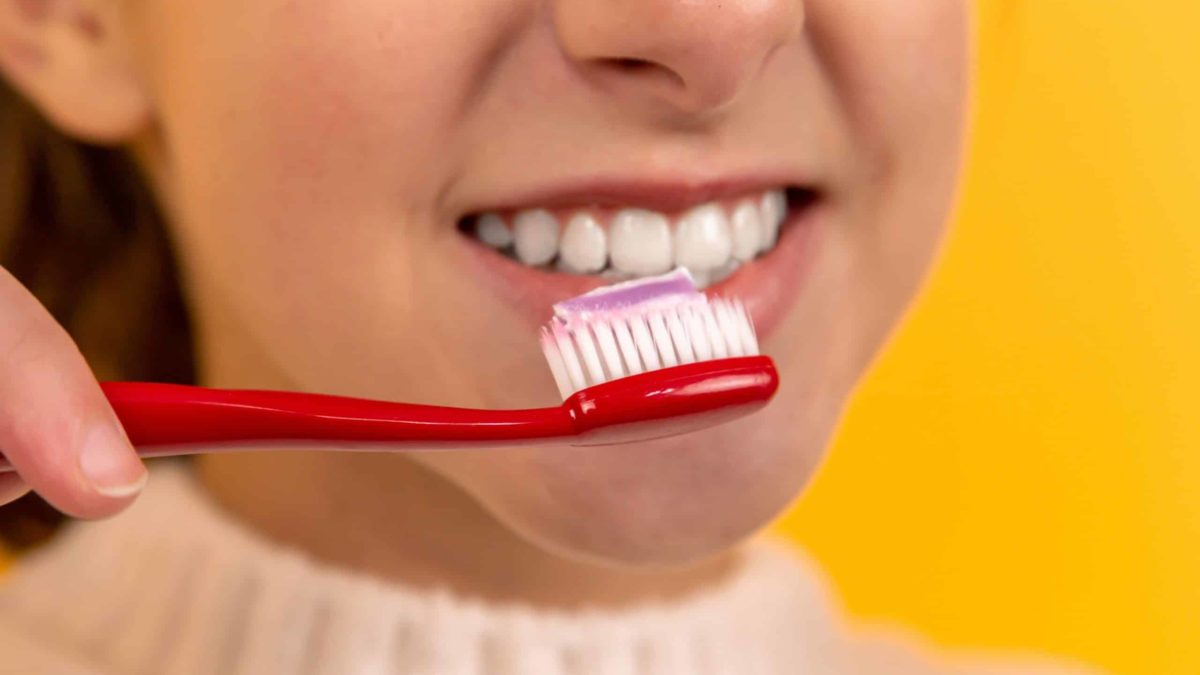5 Tips to Prevent Gum Disease If You Have Diabetes
Gum disease, also known as gingivitis, has been called the fifth complication of diabetes behind heart, nerve, kidney and eye disease. Gingivitis is simply the inflammation of the gums around your teeth caused by plaque buildup.
So, why are you more at risk for developing gingivitis if you have diabetes? Diabetes educator Sue Cotey, RN, sheds some light on this question.
Gum disease begins with bacteria build up on and around your teeth that extend into the gums. Cotey says there is no difference between the bacteria in the mouth of someone with diabetes compared with someone without diabetes. “The reason gum disease is worse if you have diabetes is because you have a greater inflammatory response to this bacteria,” she explains.
Why gum disease makes it more difficult to control blood sugars
If you develop gum disease and it’s left untreated, it can lead to something called periodontitis, or an erosion of your jaw bone. This, in turn, can lead to loose teeth and damage to the gums. People with uncontrolled diabetes tend to get periodontitis more often than the average person or those who keep their diabetes under control.
Some signs that you have gum disease include:
- Red, swollen and/or bleeding gums.
- Loose or sensitive teeth.
- Persistently bad breath.
If you have diabetes and have moderately advanced periodontal disease, it can be more difficult for you to control your blood sugars. “You may need deep cleaning, antibiotics or even oral surgery depending on how advanced the gum disease is,” Cotey says.
In her 25 years of being a diabetes educator, Cotey says she has seen firsthand the relationship between gum health and diabetes management. “I’ve witnessed on multiple occasions that when people with diabetes see the dentist and address any current issues related to gum disease or inflammation, their blood glucose levels respond almost immediately,” says Cotey.
5 tips to avoid gum disease
Follow these tips to steer clear of gum disease:
- Avoid acidic drinks like soda, energy drinks and water with lemon. These can erode the enamel of your teeth, which can lead to decay.
- Floss daily between each tooth, sliding up and down and back and forth gently to avoid bleeding.
- Brush your teeth and gum line for two full minutes, two times each day. Use a soft bristle brush using gentle strokes and make sure you reach all of your teeth. The goal is to get rid of plaque buildup. To do this, vibrate your brush across the tooth surface, the gum line and your gums.
- Remember to gently brush your tongue for a few seconds, too, to get rid of bacteria.
- See your dentist at least once a year and report any of the signs mentioned above immediately.
Other oral concerns if you have diabetes
People with diabetes are also more likely to have a dry mouth due to elevated blood glucose or medications. To avoid dry mouth, Cotey recommends chewing sugar-free gum, using a mouth gel or eating some sugar-free candy to stimulate saliva production. “If these don’t help, talk to your dentist for recommendations,” she says.
And if you’re into having a super white smile, you’re in luck! Cotey says many over-the-counter teeth whiteners are mild enough to be used by people with diabetes too.
Article originally appeared at: https://health.clevelandclinic.org/
Author: Health Essentials from Cleveland Clinic
